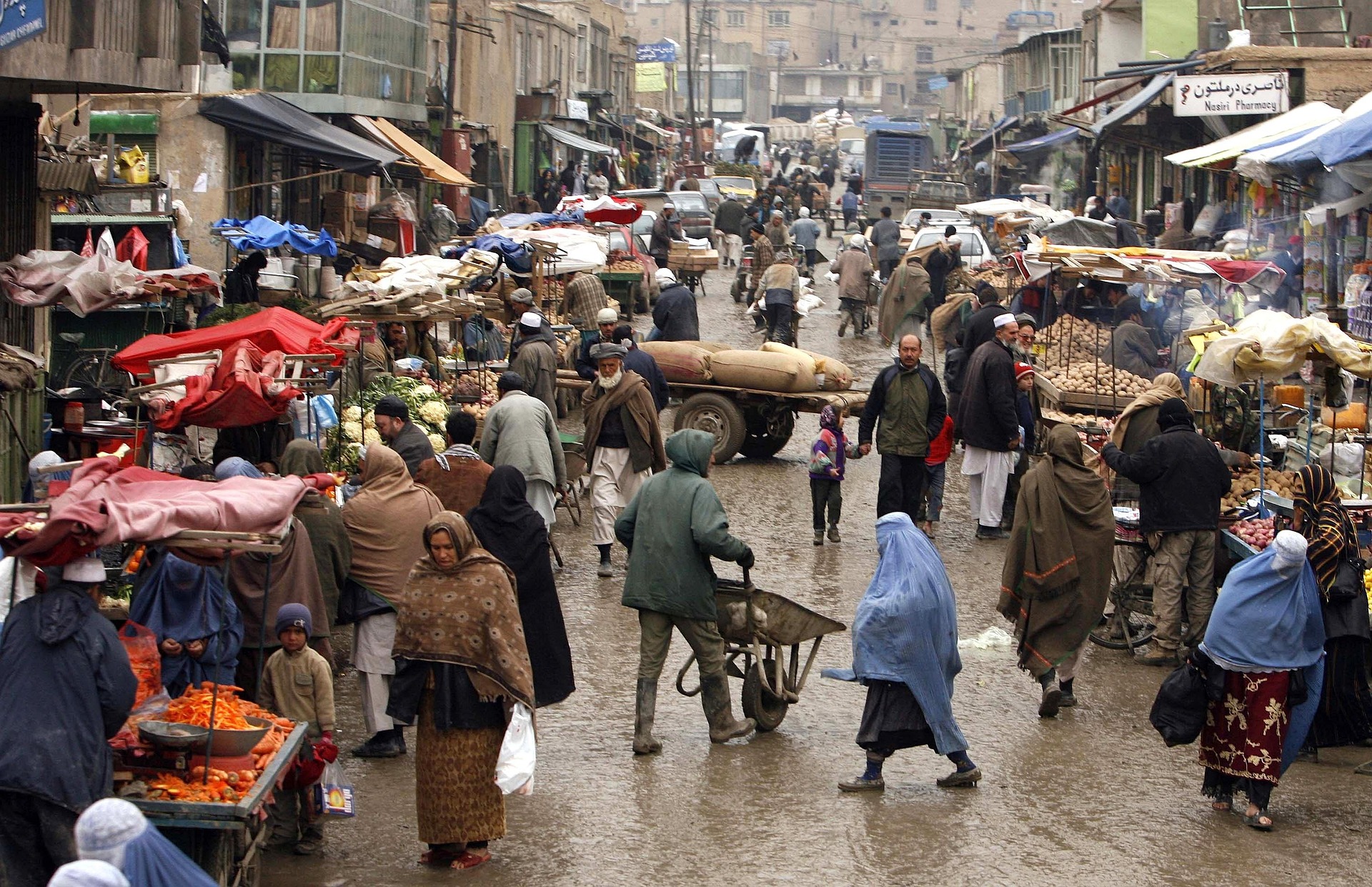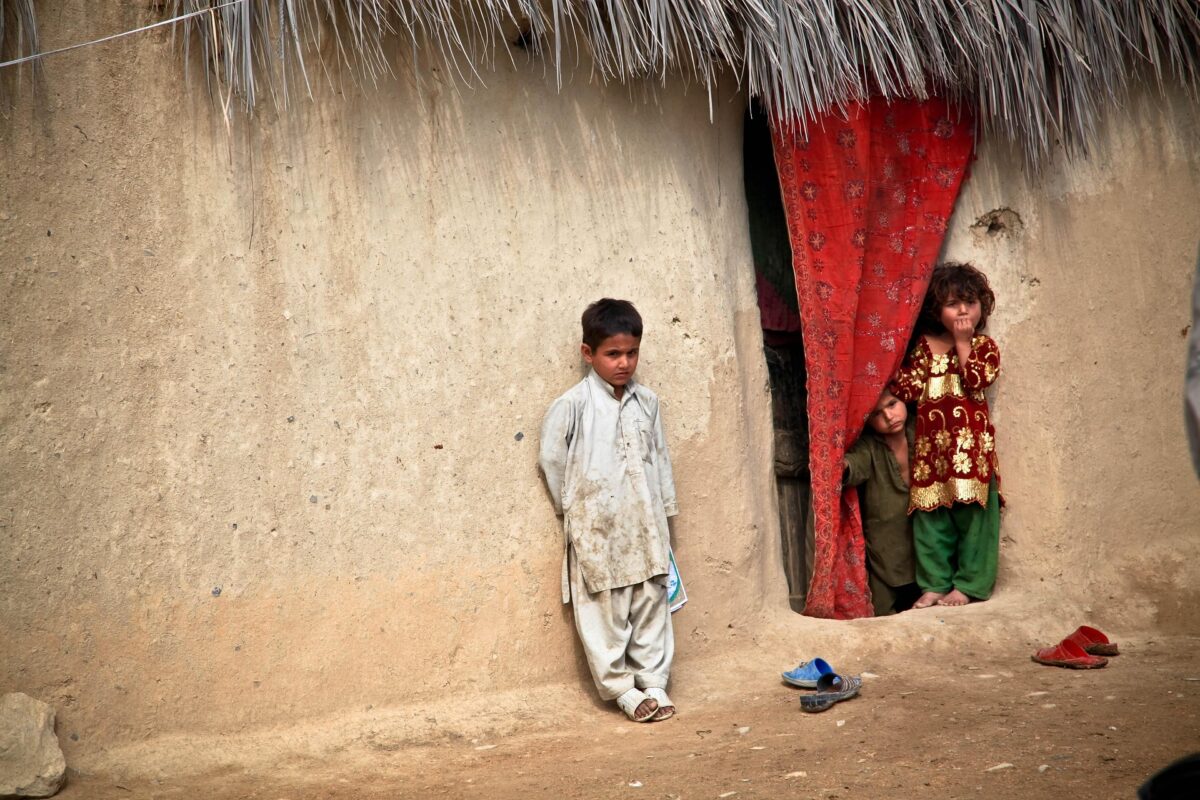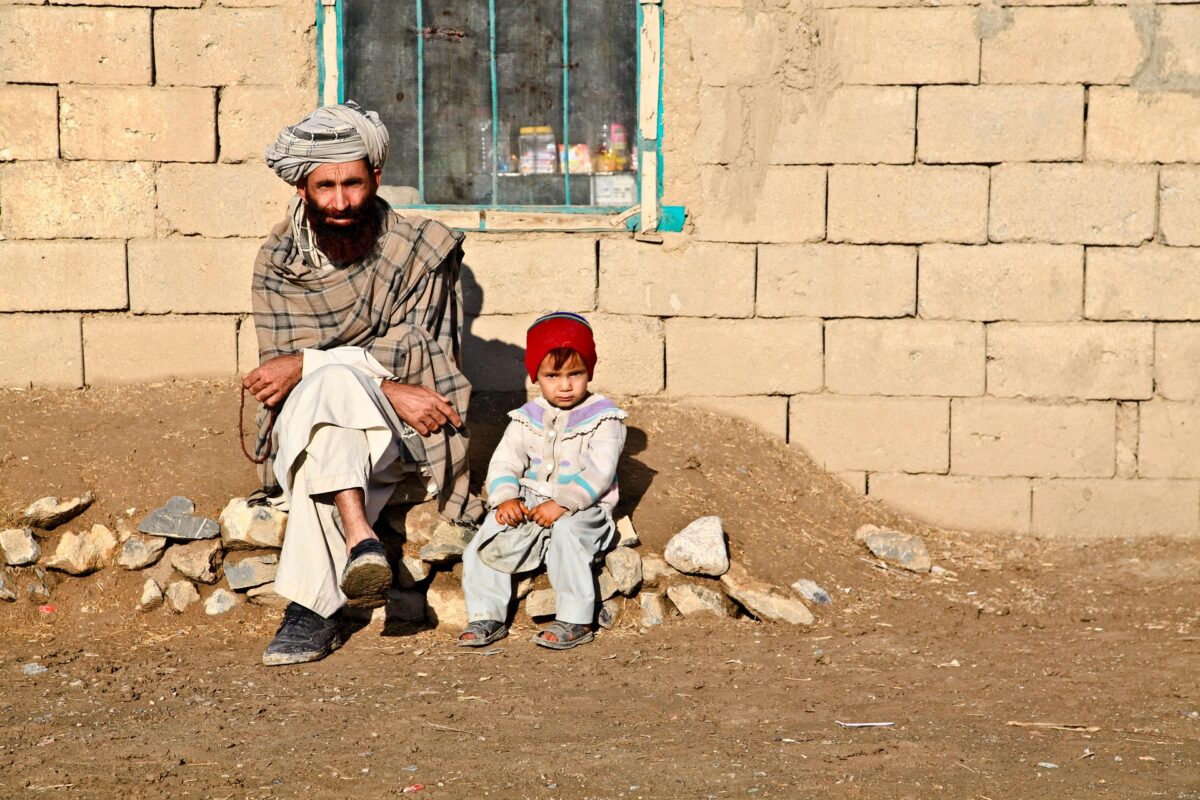
Blog
U.S. Claims Majority of Aid Remains Intact

At a press conference on April 8, U.S. State Department spokesperson Vedant Patel responded to growing concerns over recent aid cuts by stating, “85% of the support the U.S. has been providing is continuing.” His remarks were aimed at countering sharp criticism from the United Nations World Food Programme (WFP), which had earlier warned that the decision to halt emergency food aid to 14 countries could amount to “a death sentence for millions facing severe hunger.”
WFP Raises Alarm Over Humanitarian Impact
In a statement released on April 7, the WFP expressed deep concern about the U.S. decision to cut emergency food aid to 14 countries. The organization highlighted that millions of people currently facing extreme hunger are at risk of losing vital assistance. The WFP warned that these cuts could lead to a rapid deterioration of humanitarian conditions, especially in countries already struggling with conflict, poverty, and displacement.
WFP officials called on the U.S. to reconsider its decision, urging continued support at a time when global hunger levels are already at record highs. According to the WFP, over 345 million people worldwide are currently facing acute food insecurity, more than double the number in 2020. This includes nearly 260 million people across 58 countries, as highlighted in the 2023 Global Report on Food Crises. They stressed that humanitarian aid must not become a casualty of geopolitics.

Aid Suspended in Afghanistan and Yemen Over Security Concerns
Let’s take a closer look at the impact in detail. While the State Department insists that overall aid levels remain strong, it did confirm that funding has been suspended in countries like Afghanistan and Yemen. The justification? Concerns that funds could fall into the hands of extremist groups — namely, the Taliban in Afghanistan and the Houthi rebels in Yemen.
“These groups pose a serious threat to regional stability,” Patel explained. “We are adapting our foreign assistance approach to ensure it reflects our values and protects U.S. national security.” He added that the U.S. is not abandoning its humanitarian mission but is taking a more cautious, targeted approach in high-risk areas.

A Trend of Gradual U.S. Retrenchment
This move is part of a broader trend in recent years. Since the late 2010s, U.S. foreign aid has seen a gradual shift — both in terms of volume and strategic intent. During the Trump administration, many humanitarian and development programs were slashed. Although the Biden administration initially increased support, it has also prioritized tighter oversight, efficiency, and alignment with foreign policy goals. Then, in February 2025, the Trump administration announced plans to cut 92% of foreign aid contracts managed by the United States Agency for International Development (USAID), aiming to save approximately $60 billion. As a result of these cuts, 5,800 out of USAID’s 6,200 multi-year contracts were terminated, amounting to a reduction of around $54 billion. Additionally, 4,100 out of 9,100 grants from the State Department were eliminated, saving about $4.4 billion.
Humanitarian organizations have pointed out that funding shortfalls have already forced them to scale back operations. Ration cuts, suspended school meal programs, and reduced refugee services have become more common across Africa, the Middle East, and parts of Asia. The latest decision may further accelerate these trends, especially in regions that rely heavily on American aid.

The Human Cost of Policy Shifts
Wondering how poverty is being affected by these aid cuts? In countries like Afghanistan and Yemen, the stakes are incredibly high. Over 23 million people in Afghanistan need humanitarian assistance, and Yemen remains one of the worst humanitarian crises globally, with millions on the brink of famine. Cutting aid in these areas, regardless of the security rationale, risks worsening an already dire situation for civilians who have no control over their governments or the groups in power.
Aid organizations argue that instead of halting support entirely, the U.S. could implement more robust monitoring mechanisms to ensure aid reaches those in need. From biometric tracking to third-party verification systems, several tools exist to mitigate diversion risks while keeping food flowing to the vulnerable. How effective are the measures in practice? The USAID is attempting to introduce biometric recipient verification in Ethiopia to prevent aid diversion. However, the implementation has been delayed due to opposition from the Houthi group, and full resumption of aid has not yet been achieved.

Looking Ahead
The WFP has called on other donor countries to fill the gap and prevent widespread hunger in the 14 affected nations. Meanwhile, the U.S. maintains that its approach is both principled and pragmatic — designed to ensure that assistance is effective, secure, and values-driven.
People living in poverty face not only health challenges but also the growing threat of war and severe environmental conditions caused by climate change. As a result, many are forced to flee their homes, further escalating the risk of conflict. In a world where the U.S. is reducing aid to these countries, how can we protect them? Thankfully, today we have the power to help these individuals from anywhere, thanks to the internet. Contributing to humanitarian and climate action has never been easier. At Carbon Da Capo, we help people take meaningful action through carbon credits. Let’s leverage today’s technologies and make a difference, step by step.
